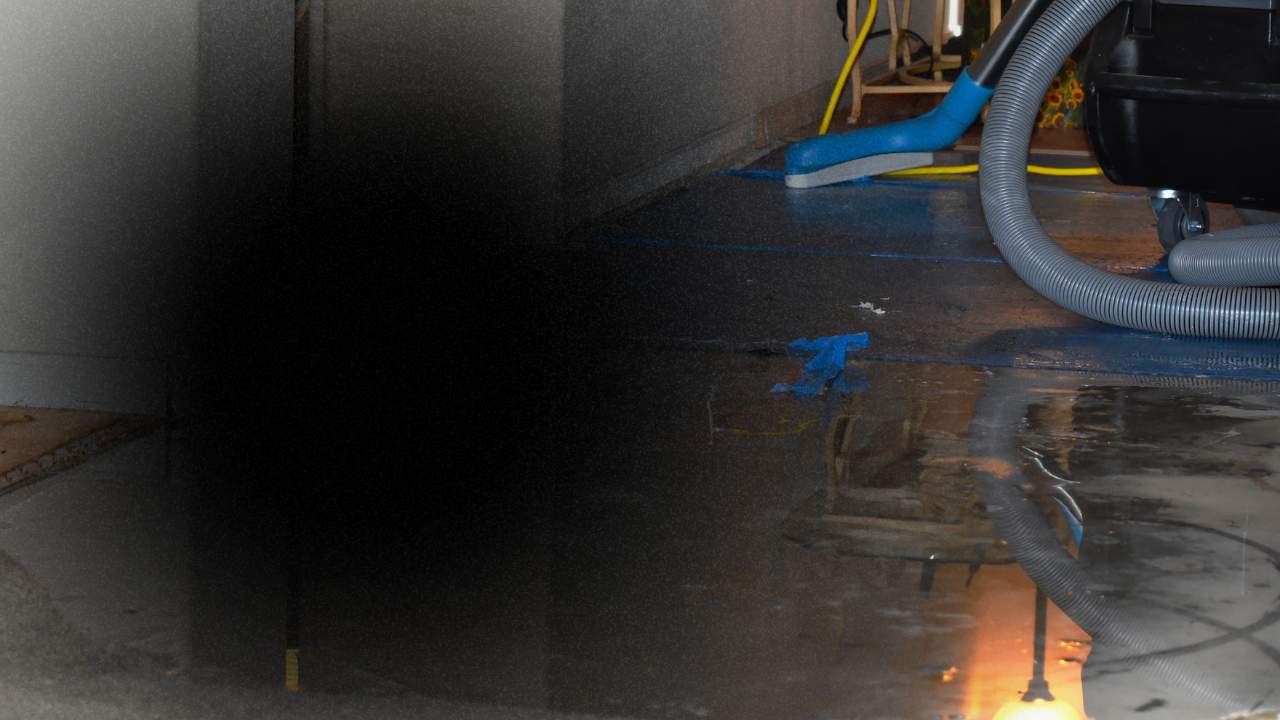Water damage can be a nightmare for homeowners, especially in beautiful locations like Delray Beach, Florida. Whether it’s caused by heavy rains, plumbing issues, or flooding, the aftermath can be overwhelming. Knowing how to address water damage promptly and effectively is crucial in minimizing loss and ensuring your home remains a safe haven. In this guide, we will explore the ins and outs of home water damage restoration in Delray Beach, equipping you with essential knowledge and tips to navigate this challenging situation.
Delray Beach boasts picturesque views and a vibrant community, but the tropical climate can also bring unexpected weather patterns, leading to potential water damage. Homeowners must act quickly to mitigate the risks associated with water damage, which can include mold growth, structural issues, and health concerns. Understanding the restoration process not only helps you regain the comfort of your home but also protects your investment. Let’s dive into what you need to know about home water damage restoration in Delray Beach, Florida, and how to ensure your property is restored to its former glory.
0 best home water damage restoration in delray beach florida
Understanding Water Damage
Water damage can occur from various sources, including burst pipes, appliance leaks, or natural disasters. In Delray Beach, homeowners are particularly vulnerable to flooding due to heavy rainfall and hurricanes. Identifying the source of the damage is the first step in the restoration process. Once the source is controlled, the restoration can begin.
Steps for Home Water Damage Restoration
The restoration process typically involves several key steps:
- Assessment: A thorough inspection of the affected areas is essential. This includes checking for hidden damage behind walls and under floors.
- Water Extraction: Using specialized equipment, professionals will remove standing water quickly to prevent further damage.
- Drying and Dehumidification: It’s crucial to dry out the affected areas completely. Dehumidifiers and air movers are used to ensure all moisture is eliminated, reducing the risk of mold growth.
- Cleaning and Sanitizing: Any items that have been affected will need to be cleaned and sanitized. This may include carpets, furniture, and personal belongings.
- Restoration: Finally, any structural damage will need to be repaired. This could involve replacing drywall, flooring, or even extensive renovations depending on the severity of the damage.
Preventing Future Water Damage
While you may not be able to control the weather, there are steps you can take to minimize the risk of future water damage:
- Regularly inspect your plumbing for leaks or signs of wear.
- Maintain gutters and downspouts to ensure water flows away from your home.
- Consider installing a sump pump if your property is prone to flooding.
- Invest in waterproofing solutions for basements and crawl spaces.
- Stay informed about weather alerts, especially during hurricane season, to prepare accordingly.
By understanding the restoration process and implementing preventive measures, you can protect your home from water damage and ensure it remains a safe and welcoming space for you and your family. Remember, if you ever find yourself dealing with water damage, timely action is key to a successful restoration.

